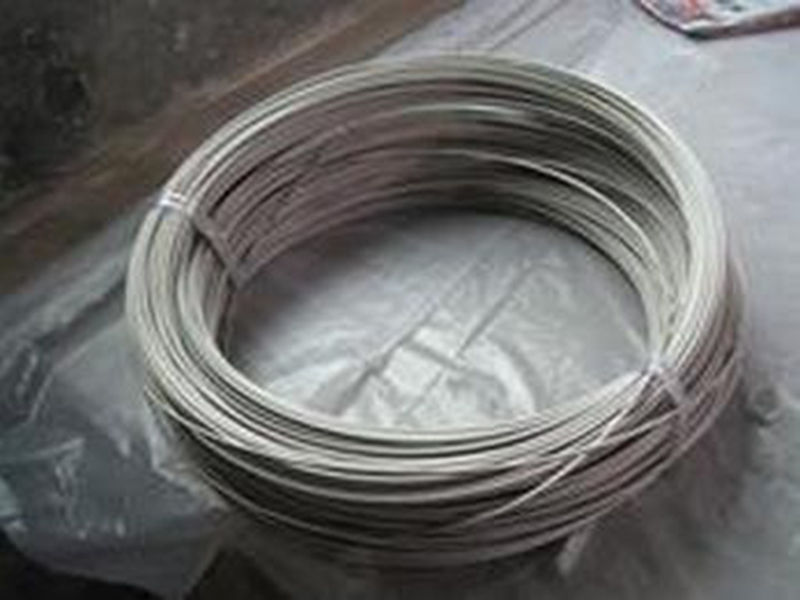Forming method of titanium tube
- allround360
- Feb 25
- 3 min read
Titanium formation occurs at room temperature, a process analogous to that in steel.
Titanium's ductility at room temperature is lower than that of other structural metals. This automatically leads to reduced tensile formability and larger bending radii. Given this characteristic, thermal forming is sometimes used, especially in cases where more severe bending is required (or in tensile forming situations).
The elastic modulus of titanium is half that of steel, which means that the forming process will result in significant springback (manufacturers will compensate for this characteristic). Similarly, given titanium's tendency to wear (greater than that of steel), lubrication is an important component of the tube forming process.
Forming PreparationIn most cases, titanium does not require additional measures before forming operations. They can be used after receiving the ingots, but this may not always be effective.
After noticing any marks on its surface (such as from chiseling), these marks will be removed through various treatments (such as sandblasting, pickling, etc.). Additionally, if there are any sharp edges, they should be smoothed before the actual tube forming process. Otherwise, there is a risk of cracking edges, which can affect the quality of the final product.
Types of FormingTitanium tubes can be formed using two methods: cold forming and hot forming.
Cold FormingConsidering the elongation rate of metals, titanium tubes are formed at low speeds and at room temperature. Therefore, tensile tests will be conducted. Manufacturers will eliminate springback by using heat setting on the formed titanium tubes.
Hot FormingIt is a well-known fact that the ductility of titanium (including bendability and tensile formability) increases with rising temperature. As a result, titanium tubes are usually produced at high temperatures. As the temperature increases, the forming process for titanium tubes becomes easier. Using this method, springback is effectively eliminated when forming grade 5 titanium (Gr5 TC4).
Bending Titanium TubesTitanium tubes are bent using conventional equipment. A mandrel bending machine is preferred for small radius bends. To minimize titanium's tendency to sag, proper lubrication must be applied to the bending equipment and scraping dies. For optimal results, the bending process should be performed at low speeds.
How are Seamless Titanium Tubes Manufactured?The seamless tubes can be made from commercially pure titanium or one of the existing titanium alloys. Initially, the processing temperature of titanium ingots ranges from 850ºC to 1250ºC, eventually lowering to between 600ºC and 1100ºC.
As a result of the processing, solid billets are obtained. These are then transformed into hollow billets through a piercing process at temperatures varying from -100ºC to 1250ºC.
Size adjustment is achieved through elongation, followed by a reduction step. This occurs at temperatures between 600ºC and 1100ºC, resulting in a reduction in outer diameter. Finally, a swaging step will be performed at temperatures varying between 550ºC and 1150ºC, which will further reduce the outer diameter.
In Conclusion:The manufacturing methods and equipment for titanium tubes are similar to those for other structural metals. Due to its unique characteristics, it is recommended for use in highly corrosive environments (where steel is inadequate). Recognizing the benefits offered, titanium tubes are widely used in the aerospace industry.
Manufacturers can provide titanium tubes in various sizes, diameters, and wall thicknesses. There are different grades of titanium, each having distinct properties suited for various applications. Each titanium grade adheres to different technical requirements applicable to one type of application or another.



Comments